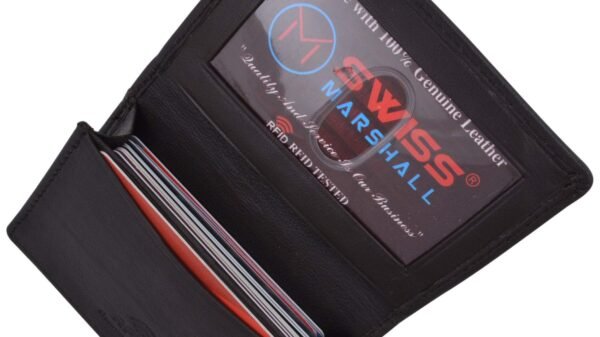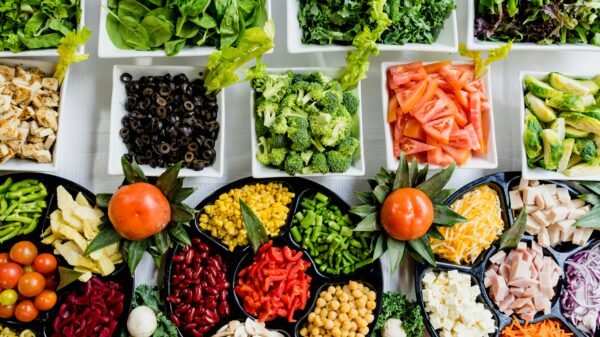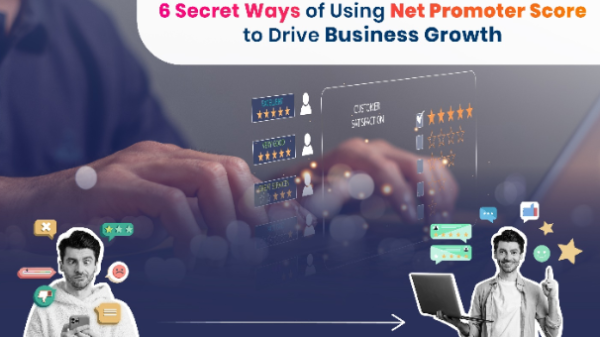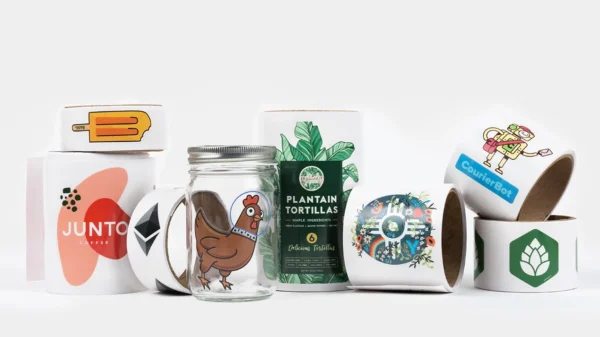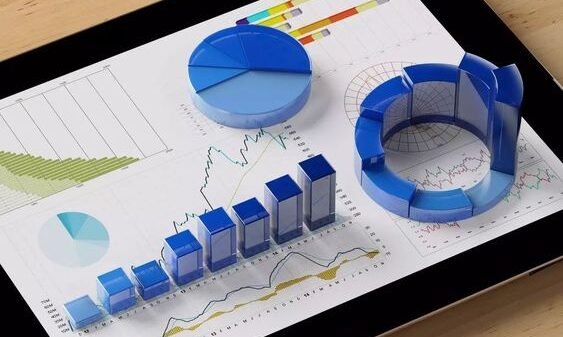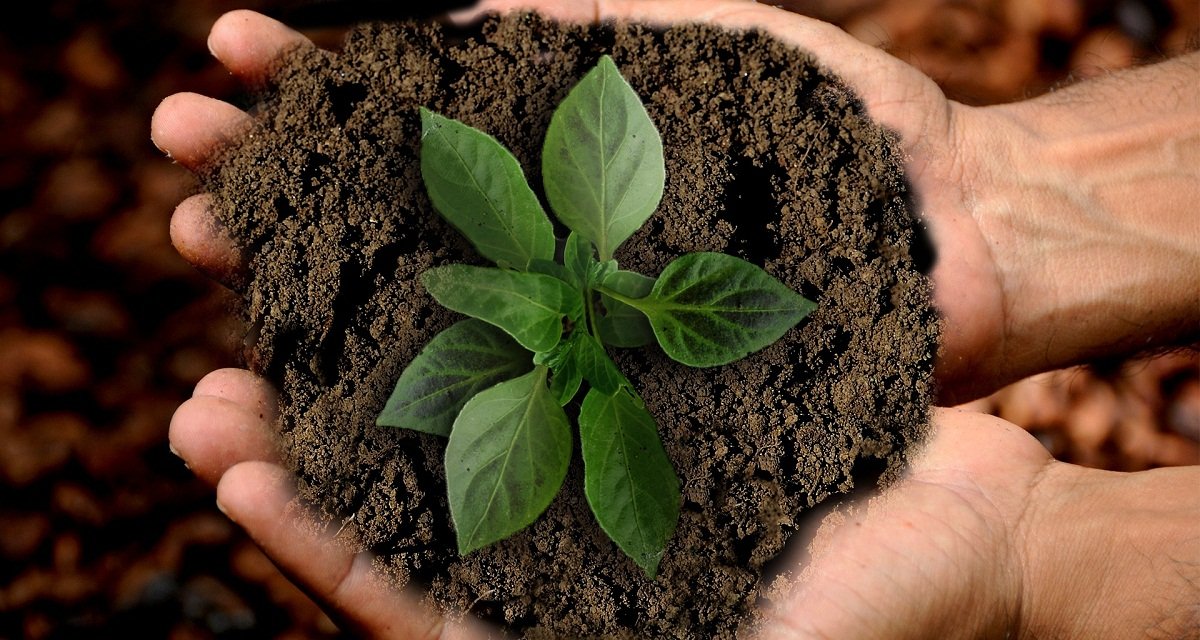According to the latest data from the U.S. Department of Agriculture (USDA), around five million people in the world live in a food desert. That equates to around 12% of the total global population.
Food deserts are defined as areas where the residents have low access to readily available, safe food supplies. While there are myriad resources working to help combat this issue, the future of food lies in sustainability.
The ability to provide healthy, eco-conscious food to these areas is of top importance. As such, there have been many advancements in the field of sustainable food technology. Today, we’re diving into some of the most promising innovations, and what they mean for the future of food as we know it.
Adaptations for Eco-Friendly Farming
If we’re going to talk about eco-friendly food, then we have to start by going straight to the source: farmers. Unless farming practices change, then the food on our plates and in our stores will remain less than sustainable.
Yet, it can be difficult to focus on food tech amid rising concerns over climate change. This is an issue that plagues most farmers, who look at forecasts of rising global temperatures and complex weather patterns and wonder how the problem will affect their crops.
To stay profitable and in business, these farmers are looking to new technology to help them expand and increase their growing conditions. Lately, this has meant investing in resources like smart greenhouses and vertical farming setups, both of which enable year-round indoor growing.
Then, there are those who prefer to keep their operations outdoors, but are turning to smart technology to help them approach the process more effectively. These farmers are leveraging the massive amount of big data at their fingertips to make better-informed decisions around climate change. Some of the tools they’re using to do so include:
- Sensors equipped with robust data analytics
- Drone technology
- Cloud-based forecasting systems
From testing soil quality to anticipating changes in temperature and humidity, these technologies take much of the guesswork out of farming in 2022. Equipped with these resources, farmers can survey large areas of land, optimize growing conditions, and even improve harvest yields.
Commodities Without Deforestation
In years past, many food commodities came at a sky-high price. They required cutting down forests to harvest their natural crops, including:
- Cocoa
- Palm oil
- Maize
- Rice
- Soy
- Wheat
These are some of the most basic food items available, and are often used in large quantities to prepare other dishes. With improved availability, they may help minimize the prevalence of food deserts.
Increasingly, countries are coming together to find more eco-friendly ways to pursue and process these crops. One example is the recently-founded Deforestation Pledge, which more than 100 global executives support. The pledge includes around $12 billion of public funds, all set aside to help preserve forests around the world.
Another new development is The Food Systems, Land Use and Restoration Impact Program. Soon to be active in 27 countries, this $345 million program has a seven-year timeline, with a goal to help protect the value chains of the commodities listed above.
Blockchain-Powered Food Distribution
How many times have you wondered where your food came from? If you’re relying on labels from the grocery store aisle, then that information will be limited at best.
Today, consumers and stakeholders alike are more eco-conscious than ever before. They want to know the exact steps their food took as it traveled across the supply chain. While technologies such as RFID tags can provide some level of detail, manufacturers needed a solution that was a little more robust.
Enter, the blockchain.
Yes, the same mining technology that enables access to decentralized finance can also be a useful tool for food transparency. As food travels from a farmer’s field to the shelves of the supermarket, there should be concrete proof of where it’s been and whether or not those steps were compliant with industry standards.
One example is the fishing industry. Leading fisheries need proof that they’ve sourced their seafood sustainably, and that they did not use any type of forced labor to do so. The blockchain is granular and specific enough to support initiatives like these, and leaves no question unanswered.
Advancements in Eco-Friendly Packaging
For years, leaders in the food and beverage industry have faced pressure to create packaging that’s appealing yet earth-friendly. This pressure is exacerbated due to global reports that spotlight issues such as plastic pollution in the oceans.
The caveat? Though it can be damaging to the environment, plastic does have discreet advantages in the packaging realm. It’s durable, flexible, and can help keep food fresh for an extended period of time. As such, it’s often used to package food sent to food deserts, where longevity is key.
In many of these areas, the issue isn’t solely a financial one. These are often remote and desolate regions, and food has to travel a long time to reach them. As manufacturers seek to keep up with demands for sustainable packaging, finding a suitable (and affordable) alternative to plastic will be key.
One promising advancement is in the field of natural plastics, which swap traditional oil-based polymers for more organic biological materials, such as:
- Potato starch
- Sugarcane
- Cellulose from trees
- Cellulose from straw
If these new types of packaging take off, then food suppliers could use them at every stage of the supply chain cycle.
A Decentralized Food System
As we continue to grapple with supply chain shortages linked to the ongoing COVID-19 pandemic, there has been an increased focus on local foods. In areas where it’s possible to source healthy and safe food (such as produce) from community farmers, then this reduces reliance on the global food import system.
This is a highly-centralized system with a definite retail focus. It’s also vastly limited in scale. In fact, research shows that a staggering 75% of world’s food comes from just five animal species, and 12 plant species.
When you think about how many different options are out there, this scale feels disproportionate at best. Yet, for many, it’s the only option. That’s why there is a need for technology that can expand the availability of different, local food items to nearby residents.
One trend has been the growing popularity of what are known as forgotten crops. These are crops that aren’t as well-known or frequently utilized as other alternatives, but are equally nutritious and filling. A few of the most common examples include:
- Legumes, nuts, and seeds
- Ancient cereals and grains
- Plant roots
Though these crops are often overlooked in favor of more profitable commodities, the tide is about to shift. Food leaders are looking for ways to improve access to these items to improve food security, as well as enhance the livelihoods of local subsistence farmers. This in step with research from industry-leading organizations like the International Life Sciences Institute, which reports on how human health and wellbeing can exist within environmental safeguards.
Meat Processing Without Antimicrobial Resistance
Many farmers rely on antimicrobial drugs within their operations. They use these drugs to promote growth in their herds and maintain the health of their livestock.
While that may benefit their sales, it can threaten public health. As the treated livestock (and fish) excrete the drugs, they move into the greater environment. There, they can contaminate soil, water, and other natural resources. As humans interact with these elements, they can develop an innate resistance to the bacteria present.
This year, farmers will look for new ways to keep their herds healthy, without the use of such medications. There are already early developments from the FDA, including digital surveillance activities, food safety assessments, and more.
Food Upcycling
Upcycling is the process of taking something that’s old, worn-out, or damaged and turning into something new and more valuable. This has long been a go-to practice in the manufacturing realm, but it’s now entering the food sphere.
Leaders in this space are looking for ways to turn low-value foods (or food byproducts) into new foods. Some of the most commonly tossed items include:
- Fruit peelings
- Vegetable peelings
- Spoiled foods
On their own, these items are obviously not of much worth. However, they do have inherent nutritional value. Still, farmers and suppliers alike will often turn them into animal feed or simply throw them in the trash.
Food upcycling reduces waste and expands the number of options available to consumers. As a result, it can also lower global greenhouse gas emission and help food companies lower their carbon footprints.
Most recently, some brands have started turning byproducts from plant-based milks into dry goods like flour. Others are creating flour using the proteins, fiber, and other micronutrients that remain after grain transforms into beer. Then, they use this flour to make protein and snack bars that are nutrient-dense and packed with healthy fuel.
An Emphasis on Sustainable Food Moving Forward
As we continue in the first quarter of 2022, sustainable food is more important than ever before. Not only can earth-friendly practices make our food safer and more nutritious, but they can also increase accessibility for those in food deserts around the world.
These are only a few of the new and emerging practices shaping this sector. To stay in the loop and learn more about upcoming tech advancements, be sure to check our site often!








